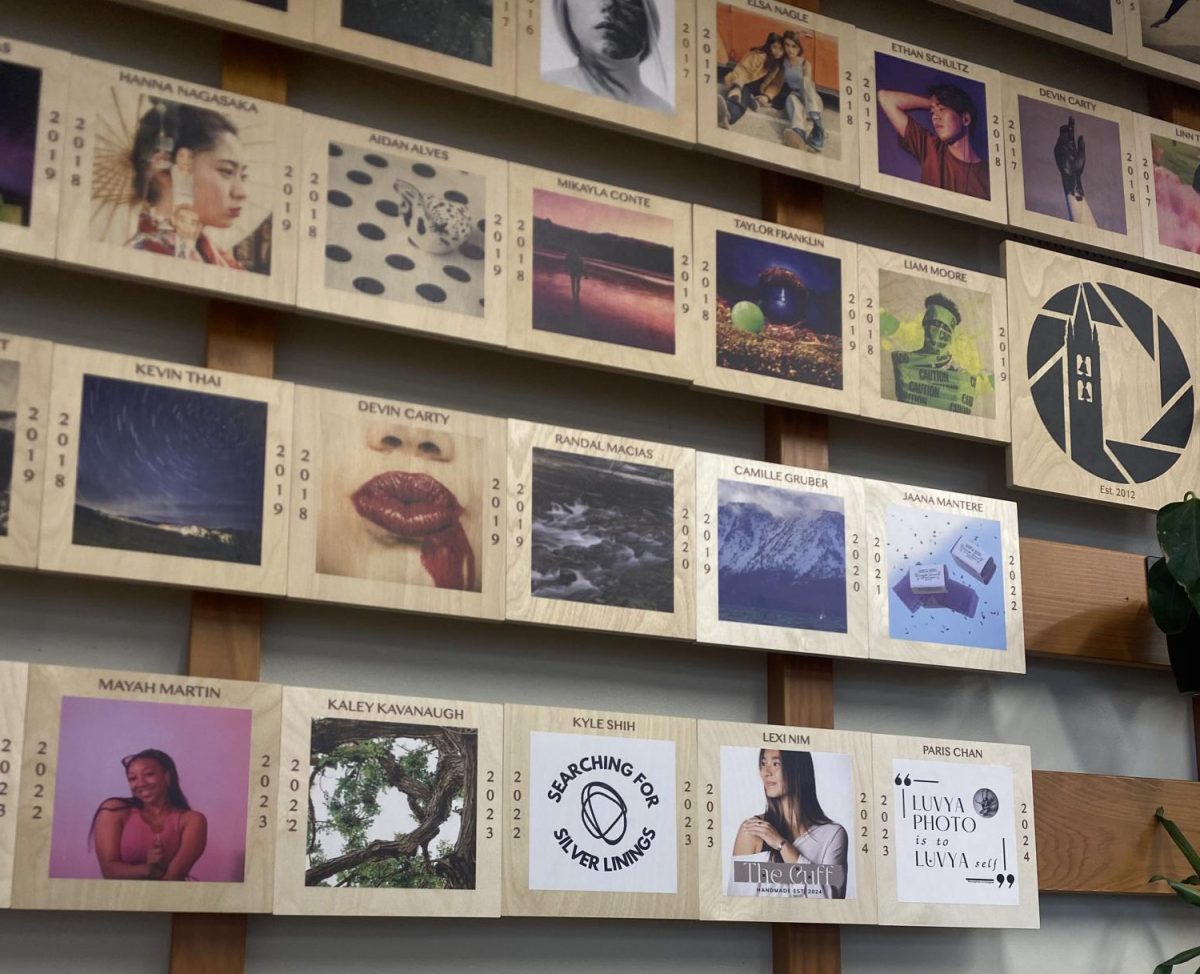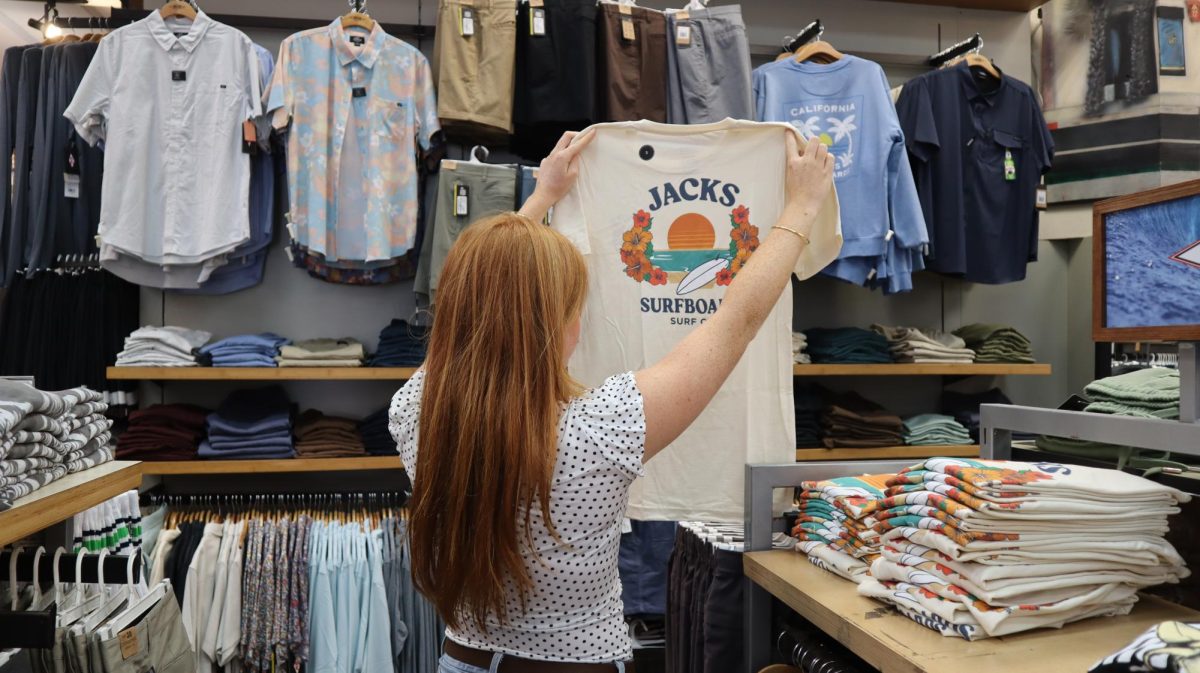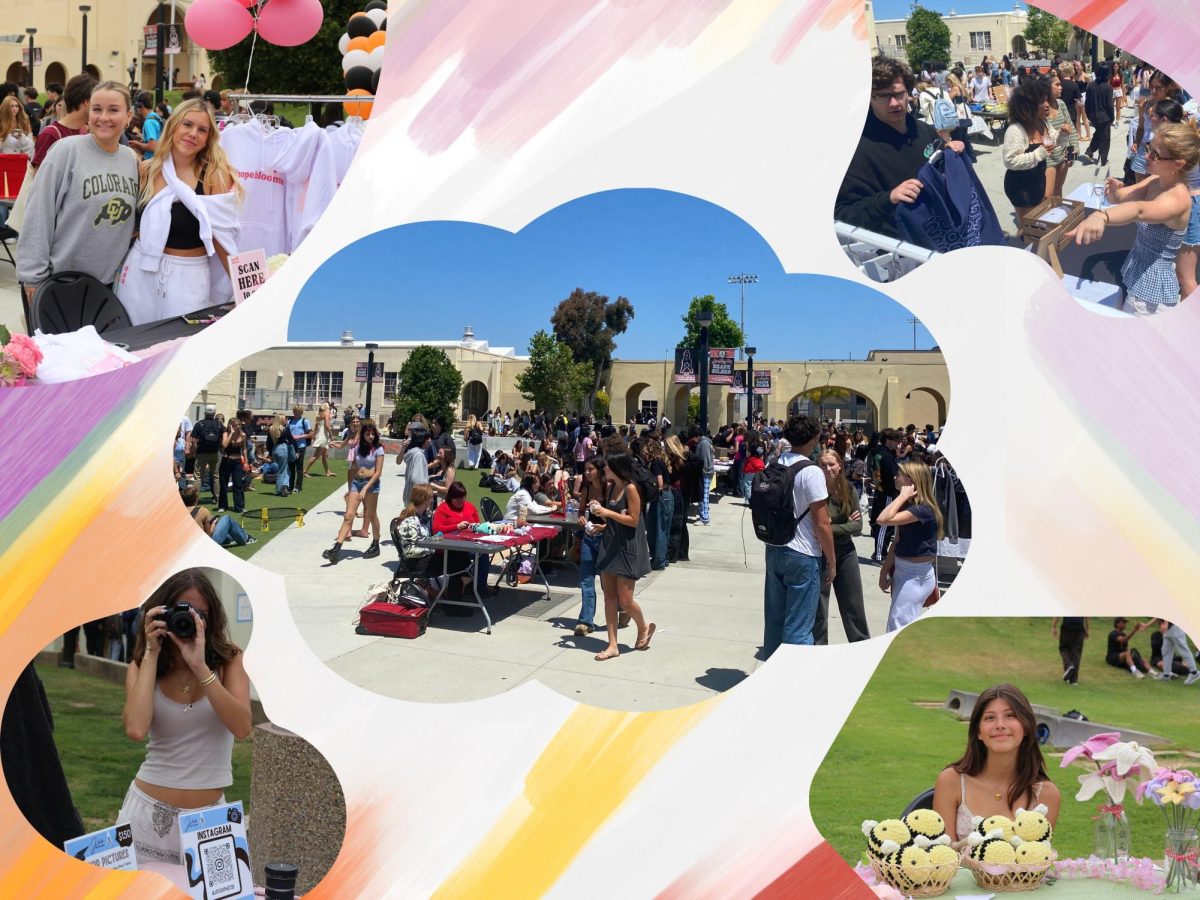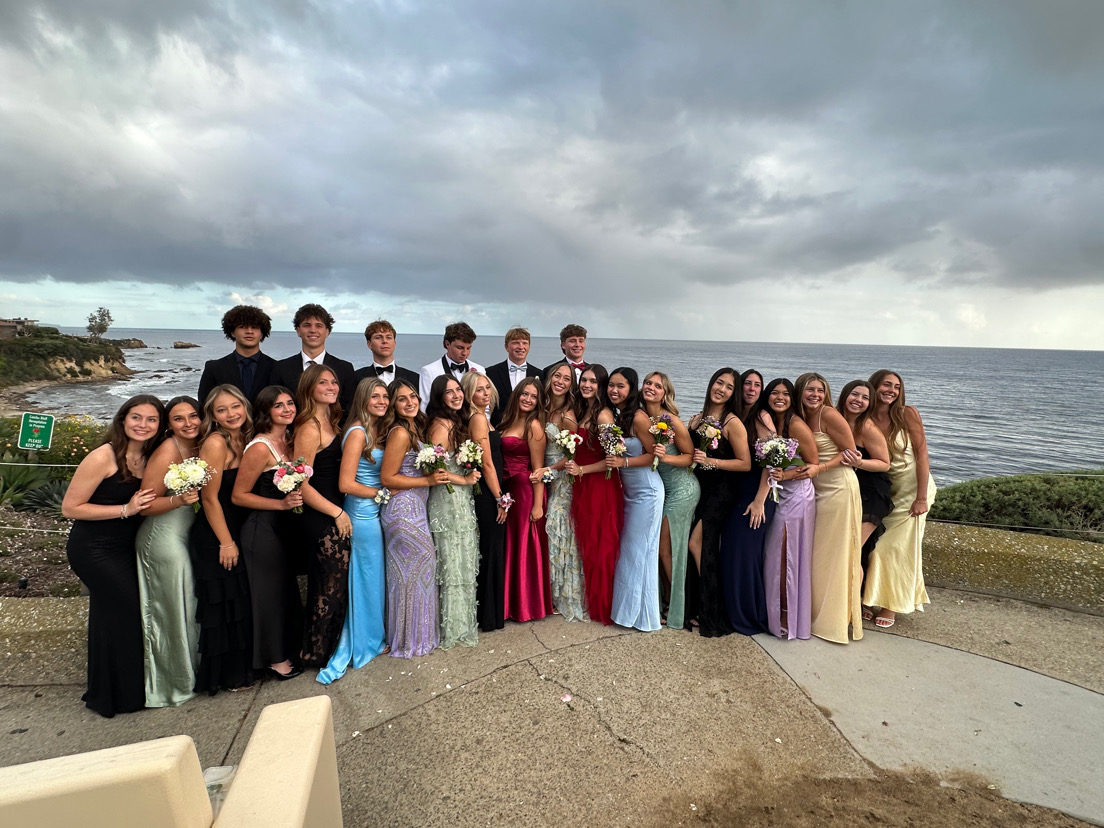For centuries, final exams have existed in American schools. Students cram for hours with sleepless nights and endless stress just to show their knowledge through a lengthy test or essay.
However, at Huntington Beach High School (HBHS), some classes within the school’s programs replaced or supplemented traditional testing with hands-on, innovative activities. HBHS’ Business and Design (BaD) program for juniors and seniors, Integrated Marketing English program and Honors English 2, took steps to help students learn about real-world skills.
Spotlight on a Creative Program
HBHS’s BaD Program final for juniors and seniors took a creative approach to finals this season.
In the US History through Media Design & Art class, juniors collaborated in groups to curate a gallery of images that visually narrated the story of an American war. While group collaboration was key, each individual was responsible for finding, editing and presenting a single historical photo to highlight a significant theme or storyline within the war. The project aimed to give students creative freedom while ensuring individual contributions received recognition. Students edited their images using modern design tools to emphasize their group’s key message, prepared them for display and provided brief descriptions for a museum-like exhibit showcasing the history of the American Wars.
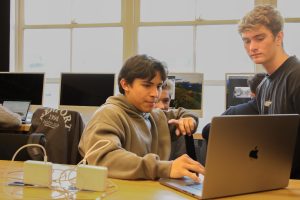
HBHS junior Sierra Benedict said, “Learning about history while using creativity is the best part of this class.”
This project allowed students like Benedict to blend artistic expression with historical analysis, making the learning experience engaging and impactful.
On the other hand, the HBHS Senior Entrepreneurship students’ finals varied based on the job they chose at the start of the year through an interview process, which allowed them to gain hands-on experience in their selected roles. Throughout the year, students took on responsibilities that mirrored real-world business operations and developed marketing, finance, and management skills. Their first-quarter final was a portfolio presentation, where they showcased their progress and contributions within their roles. Students created a LinkedIn page for their semester final to professionally display their work, networking skills, and achievements, helping them build a strong foundation for future career opportunities.
The Art of Speech
In Kimberly McGlaughlin’s Honors English 2A, students were given the chance to modernize and perform a monologue from William Shakespeare’s “Julius Caesar” as one of their finals, blending literary analysis with theatrical performance.
Students selected from one of 5 given soliloquies to perform and translate into modern language. This final focused on more than memorization—tone, annunciation, props, pronunciation, stance, etc. were also taken into consideration during the speech and grading process.
A sophomore in McGlaughlin’s class, Milo La Ruffa said, “I thought this was going to be just another boring Shakespeare assignment, but once I put the speech into modern words, it actually made sense. Performing it was nerve-wracking, but it ended up being pretty interesting.”
This project gave students the chance to explore the persuasive power of language by stepping into the shoes of Shakespeare’s characters. It also allowed them to engage creativity with the text and make century-old text impactful and empowering in modern days.
From Literature to Leadership: Marketing Through English
The CTE pathway from Junior Integrated Marketing English to Senior Advanced Integrated Marketing English allows students to develop real-world business and communication skills by combining literary analysis with marketing strategies, preparing them for careers in advertising, branding, and entrepreneurship.
Gina Ritter’s Junior Integrated Marketing English final was to create a modern target audience persona for a character from “The Crucible.” Whether they worked alone or with a partner, they reinvented their character’s daily life, home, relationships, and decision-making as if they lived today. Based on their extensive research, students designed a new product or service tailored to their character’s needs and wants ensuring it was both marketable and innovative. All of their research, such as demographics, behaviors, wants/needs, geographics, psychographics, sketch/description of the invention, and ethnographics. The presentation featured interactive elements such as pop-ups, wheels, doors, etc. The project concluded with a formal presentation, where students explained their research and marketing decisions.
HBHS Advanced Integrated Marketing senior, Natalie Musallam, said, “My favorite part of this class is seeing and discussing how everyone has applied what they learned throughout the semester.”
In the Senior Integrated Marketing class, students in the VE (Virtual Enterprise) program worked within the departments they chose. Each student, depending on the department, handled different tasks throughout the semester. For the final project, students created portfolio presentations, similar to those in Nicholas Schwab’s entrepreneurship class. In the presentation, students reflected on their work in the teams, and the learning process, explained how they developed and applied their skills in real-world situations/business settings, and discussed their goals for the future.
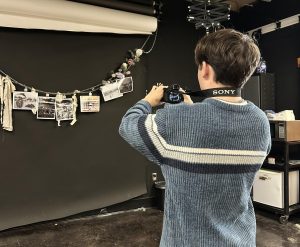
Overview
Overall, these unique finals highlighted how different types of assessments can help students engage, show their creativity, and experience real-world skill development. Students can apply their critical thinking skills throughout their final projects by moving past and beyond traditional testing. Whether the project is a portfolio, presentation,n and/or speech it encouraged students to engage and show their strengths in meaningful ways. This approach not only enhanced their understanding of course material but also boosted motivation and morale, making learning more impactful and preparing them for future academic and career opportunities.


